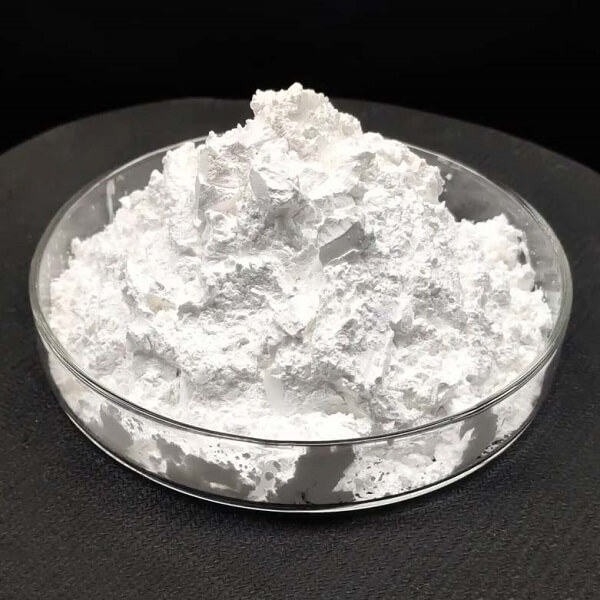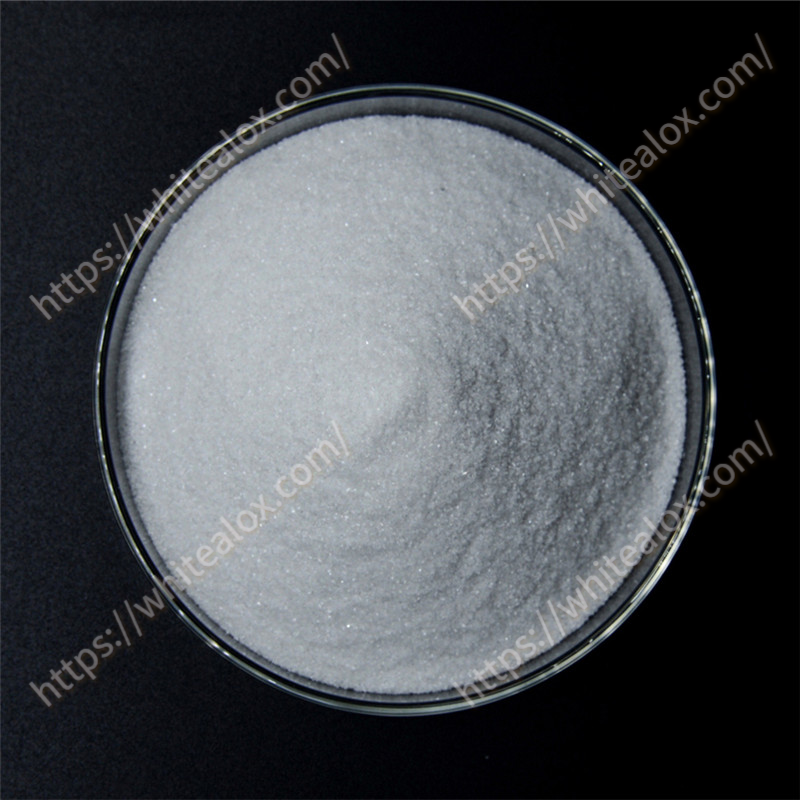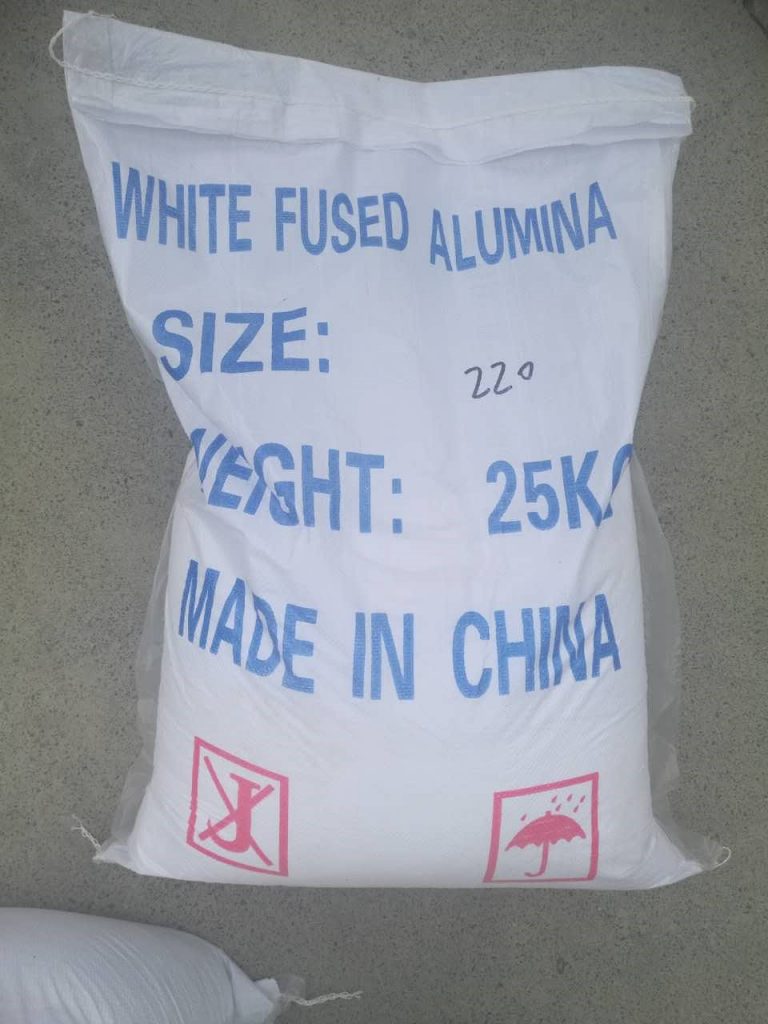White Aluminum Oxide Micropowder is a high-purity, synthetic abrasive material valued for its hardness, friability, and chemical inertness. Its applications span numerous high-precision and industrial fields.
Key Properties of White Aluminum Oxide Micropowder:
High Hardness: 9.0 on the Mohs scale, making it effective on most materials.
High Purity: >99% Al₂O₃ content ensures it does not contaminate the workpiece, which is critical for metals and electronics.
Friability: The grains fracture to reveal new, sharp edges, ensuring consistent cutting performance and reducing loading.
Chemical Inertness: Does not react with the workpiece or surrounding materials.
Controlled Particle Size: Precisely graded micron-sized powders allow for predictable and repeatable surface finishes.
1. Precision Grinding and Polishing (Most Common Application)
This is the core use of white aluminum oxide micropowder. Its uniform particle size and sharp edges allow for controlled material removal and a superior surface finish.
Metal Processing:
Mold & Die Polishing: Achieving a mirror finish on precision molds for glass, plastic, and die-casting, especially after EDM (Electrical Discharge Machining) to remove the recast layer.
Aerospace & Automotive: Polishing critical components like turbine blades, fuel injectors, and engine parts to improve surface integrity and fatigue resistance.
Medical Instruments: Finishing surgical tools, orthopedic implants (e.g., knee and hip joints), and dental instruments where extreme surface smoothness and biocompatibility are required.
Optical Component Manufacturing:
Grinding and polishing lenses, prisms, and other glass or crystal optical elements to achieve precise shape and nanoscale surface roughness.
Semiconductor and Electronics Industry:
Wafer Processing: Used in back-thinning and edge-grinding of silicon wafers.
Component Finishing: Polishing ceramic substrates, piezoelectric crystals, and magnetic materials used in electronics.
Jewelry and Lapidary:
Precisely polishing precious metals (gold, silver, platinum) and gemstones to a high luster without scratching.
2. Functional Filler and Reinforcement
Its high hardness, thermal stability, and wear resistance make it an excellent additive to enhance material properties.
Wear-Resistant Coatings and Flooring:
Added to epoxy or polyurethane resins to create extremely durable industrial floorings for factories, warehouses, and garages.
Used as an aggregate in thermal spray coatings to protect components from abrasion and corrosion.
Advanced Refractories:
A key additive in high-performance refractory castables and ceramics for furnaces and ladles, improving their strength, thermal shock resistance, and resistance to slag corrosion.
Reinforced Ceramics and Composites:
Incorporated into structural ceramics (e.g., Al₂O₃ or SiC ceramics) to enhance their toughness, hardness, and wear resistance.
Used in brake pads, friction materials, and specialty plastics to improve thermal conductivity, stiffness, and abrasion resistance.
Abrasive Tools:
Manufacturing resin-bonded grinding wheels, sharpening stones, and sandpapers for fine finishing work.
Used as a filler in diamond tools (e.g., saw blades) to improve cutting efficiency and chip clearance.
3. Blasting and Surface Treatment
Wet Blasting (Vapor Blasting): The micropowder is suspended in a water slurry to clean, deburr, and create a matte finish on delicate precision components. This method generates less heat and causes less deformation than dry blasting.
Fine Finishing: Used for very delicate surface preparation and cleaning of sensitive parts where a coarse abrasive would be too aggressive.
4. Other Specialized Applications
Lapping Compounds: Mixed with oils or grease to form a lapping paste for the precise fitting of mechanical parts.
Metallographic Sample Preparation: Essential in laboratories for grinding and polishing metal samples to reveal their microstructure for analysis under a microscope.



